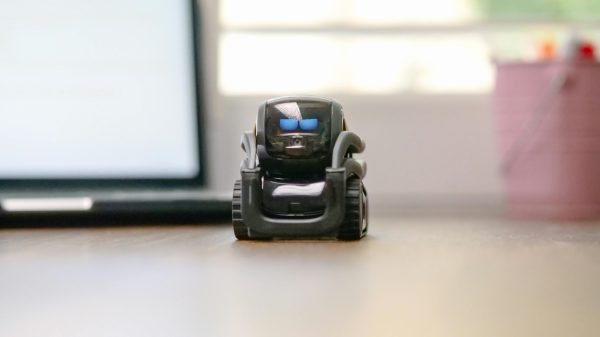Digital education is key to transforming and enhancing future learning. In fact, the UN warns that to ensure that quality education is provided as a public good and a human right, with a special focus on the disadvantaged, society cannot afford to miss out on the power of the digital revolution.
The UN focuses on three key factors to make digital learning more accessible:
- Content. Digital learning platforms with high-quality
content can transform learning, yet the experience of educational disruption
due to COVID-19 showed that a large number of learners did not know where to go
to access these quality educational resources. - Capacity. Teachers, students and other education stakeholders must have the skills and
knowledge to take advantage of digital tools. - Connectivity. Although it may seem obvious, it is important to remember that connectivity is
vital for digital learning to ensure that both schools and individuals can
benefit from the educational advantages of good quality internet connections.
In addition, the UN underlines the importance of helping to improve learning outcomes for students, ensuring that those who access education (regardless of age), acquire basic literacy skills, develop knowledge and competencies appropriate to their lives and livelihoods, and contribute to a more sustainable future.
Advances in the use of technology in education
Advances in big data¸ robotics or virtual reality show how the application of these technologies to the world of education can help in the advancement and consolidation of digital education.
Big Data and education
Among the advantages of big data in education is the optimisation of distance learning. It allows teaching staff to orient their methods towards new educational models, as well as to detect content or teaching tools that can encourage student interest.
Similarly, as teachers know how students use the educational resources available and which methods provide them with the best results by having real-time performance information, they can analyse the evolution of the results obtained.
With the increased use of digital tools for training, educational institutions have the ability to have information on the skills and development of both students and teachers. A concrete application of this is, for example, to know whether students in an online course complete an assignment in one go or whether they paused the project.
As the use of big data in education is particularly focused on adaptive learning, data can be used to analyse the environment, performance, motivations and needs of students, thus offering them personalised training tailored to their needs.
Educational robotics
Educational robotics offers students the possibility of developing scientific and technological skills. Specifically, activities linked to robotics in the classroom consist of designing, building and programming robots in a dynamic that encourages motivation, participation and learning in a fun way.
The possibility of combining education and robotics in the educational stage gives students an advantage in the labour market, as it provides the necessary skills for this, especially in terms of computational thinking, a problem-solving technique based on the division of problems into small fragments and then developing solutions. In other words, the same dynamic that programmers follow to design computer algorithms and programs.
Virtual Reality
As far as virtual reality in education is concerned, it has the advantage that more and more studies are showing that access to a large amount of information is not necessarily synonymous with effective learning.
To understand the relevance of virtual reality in education, we must bear in mind that the human brain retains 10% of what it reads and 20% of what it hears, a percentage that rises to 90% of what it experiences.
In addition to these overwhelming data, we must bear in mind that we are talking about a virtual world made up of visual elements through graphics that also include precise environmental sounds, as well as features of the environment that generate an immersive experience.
To these characteristics, we should add the existence of sensory feedback produced by the user’s position, who must interact with the environment in order to feel the reality.
Another advantage offered by the use of virtual reality in the classroom is that it is a technology that can be applied at any educational level, be it primary, secondary or university.
Digital education to leave no one behind
In 2016, Fundación Telefónica and “la Caixa” Foundation launched ProFuturo, a digital education programme that seeks to reduce the education gap by improving the conditions of millions of children from vulnerable backgrounds in Latin America, the Caribbean, Africa and Asia.
In these seven years of activity, the initiative has been transforming education and providing the necessary resources to change the lives of more than 28 million beneficiaries (and 1.4 million teachers) in more than 45 countries.
The programme relies on technology and innovative teaching methodologies to help teachers and students develop the skills to meet the challenges of the 21st century.
This year, Profuturo received the GLOMO 2023 award for its contribution to education in an award that recognises the contribution of companies, individuals and governments that have driven the greatest innovation in the mobile industry.
On the other hand, and in view of the challenges posed for digital education by the advance of new technologies, ProFuturo has launched a new edition of the virtual hackathon aimed at posing and solving technological challenges related to the challenges posed by digital education and artificial intelligence.











